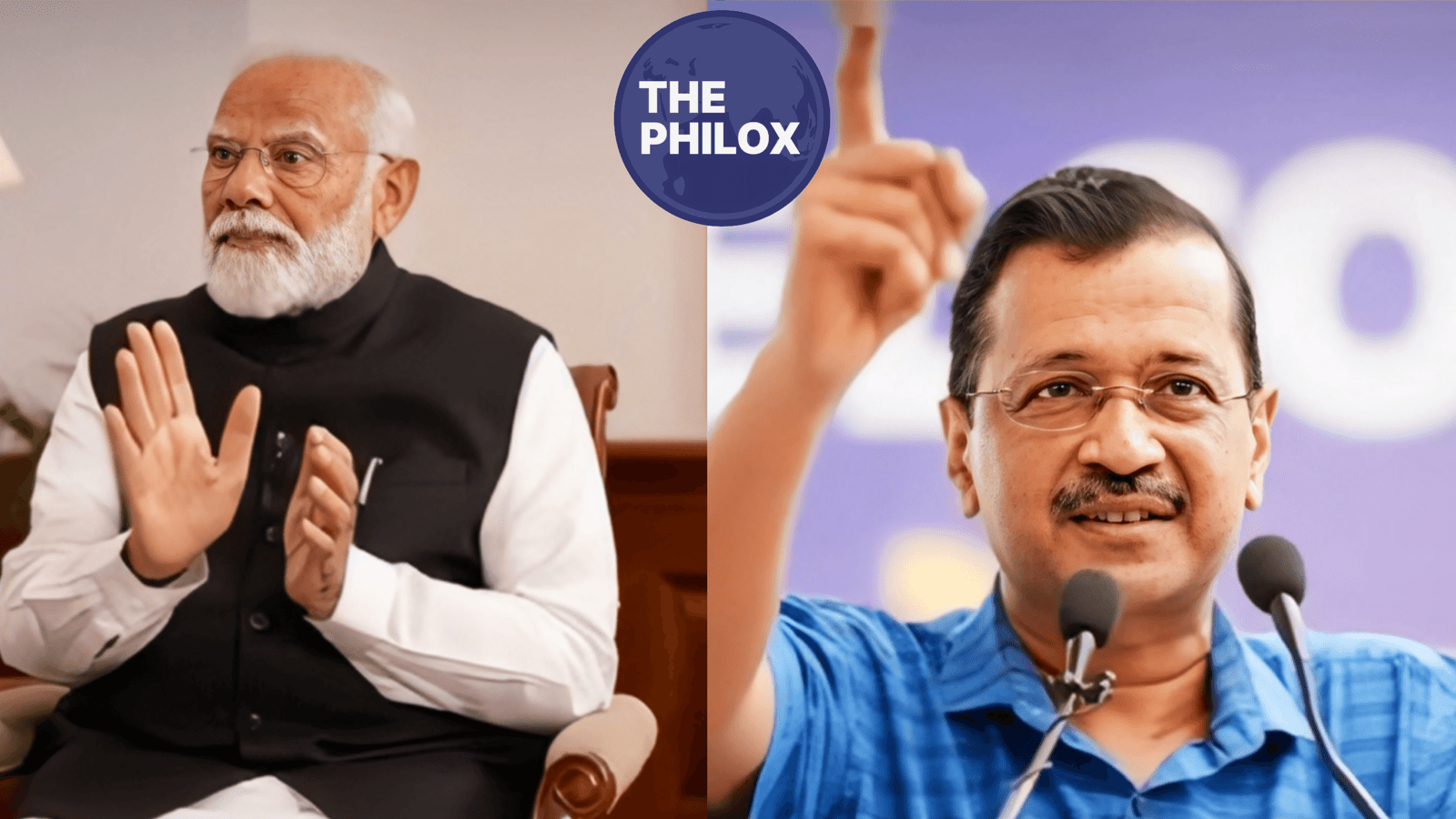New Delhi — Reportedly mulling a plan to impose a 5% Goods and Services Tax (GST) on UPI transactions beyond ₹2,000, India’s Finance Ministry is causing a stir of discussion and worry all around the nation. Should the initiative be carried out, the way millions of Indians pay for their daily purchases—from groceries to devices—using digital wallets and UPI apps could alter their payment method.
Sources inside the Finance Ministry claim that the still under review proposal seeks to put high-value UPI transactions into the indirect tax net, therefore supporting a larger strategy to increase GST collections. Before the next GST Council meeting, Finance Minister Nirmala Sitharaman most likely to make the last call.
Middle Class Jitters: “This Feels Like a Penalty for Going Digital”
The announcement has caused great concern among small business owners who depend on UPI for almost all their payments and salaried professionals.
“This feels like a penalty for going digital,” 31-year-old Jaipur marketing executive Ritesh Sharma remarked. “First, following demonetization, we were urged to go cashless. Now, as we do, we are being taxed for it?”
For homemakers like Priya Menon in Kochi, UPI is a habit rather than only convenience. Using UPI, I pay bills, pay the milkman, and buy vegetables. If I have to pay 5% further for anything costing ₹2,101, that comes to ₹105 just gone. In what sense is that fair?
On the Table: what?
Reportedly floated by top officials in the Central Board of Indirect Taxes and Customs (CBIC), the proposal suggests that UPI transactions above ₹2,000 — especially those made for buying goods and services — may attract 5% GST, same as what is now charged on credit card or debit card POS transactions.
Although the precise implementation mechanism is unknown, analysts believe the charge might not apply to person-to—person (P2P) transfers—that is, when you send money to a friend or relative.
“Personal transfers and commercial payments differ greatly,” Delhi tax consultant Anshul Mehta remarked. ” Ideally, the tax would apply just when UPI is used to buy something — say a phone on Amazon or a meal in a restaurant.”
Opposition Notes the Proposal
Opponents of the proposal were predictably fast to object.
Congress MP Jairam Ramesh remarked in a tweet on X (previously Twitter) “From pushing for Digital India to taxing it — this government has truly mastered the art of U-turns”. “This has nothing to do with money. This relates to burdening the middle class even more.
Warning that such a step could drive people back toward cash transactions, therefore undermining years of progress in digital inclusion, Trinamool Congress MP Mahua Moitra labeled the plan “anti-people” and “anti-digital economy.”
A Squeeze on India’s Fintech Explosion?
Digital payments have exploded in India in recent years. UPI counts around 13 billion transactions every month as of March 2025, valued at trillions of rupees. From luxury shops to street vendors, it is free, quick, and generally approved.
Many feel this ecosystem has developed exactly as UPI payments have been free and simple. A GST will cause consumers to reconsider their decisions, they worry.
“This could seriously affect India’s fintech ecosystem,” startup founder Radhika Agarwal said. “Thanks for flawless UPI payments; startups have exploded. Imagine now a tiny company trying to sell a ₹2,500 goods online; they could lose consumers who refuse to pay an additional ₹125 in tax.
RBI Most likely going to intervene?
Furthermore under discussion is whether the Reserve Bank of India (RBI), which has hitherto insisted that digital payments must remain free or low-cost to guarantee financial inclusion, will support this idea.
Speaking anonymously, an RBI official stated, “We were not contacted about this yet. Any choice that deters digital transactions, however, would go against everything we have been working for.
What then is happening now?
Not yet, any definitive decision has been made. Notifications or clarifications from the Finance Ministry have not been released officially. Insiders, however, report conversations are “serious and in advanced stages.”
Right present, everyone is focused on the forthcoming GST Council conference. Should the idea be put forth and approved, the new tax may be applied as early as July 1, 2025, aligning with the beginning of the second quarter of the fiscal year.
Digital-savvy Indians, meantime, keep cross-fingering wallets and watching the news.
Update: Not yet, either the GST Council nor the Ministry of Finance has made any public announcement verifying the idea. As soon as fresh data becomes available, the Philox will keep observing changes and update this report.





we will pay a tax for a purchase and again a tax for paying for the purchase? how stupid can that be
Hahahahahahahahahaha
Government Not by the People then why for the People..
We the People are Government. And the so called people Servant openly cheating people in the name of Government.. even they are nothing but PEOPLE..
P paise
E earn
O only
P poetry
L learn
E each
Evil After Caught Here ☠️
Your information is totally wrong and misleading. Technically it’s not possible to tax customer spending their tax paid money on taxed goods. The idea here is to impose gat on upi charges and not the upi payment itself. What you have said makes no sense at all.
Already we are heavily Taxed. Instead finding innovative ways to add new taxes, Financial minister should find ways to reduce taxes. I think it is time for Prime minister to advise finance minister on taxation matter.
Very good , good decision to bring BJP INTO POWER. Still more to come. This is difference between educated economist respected Dr. Manmohan singh ji and uneducated Nirmala.